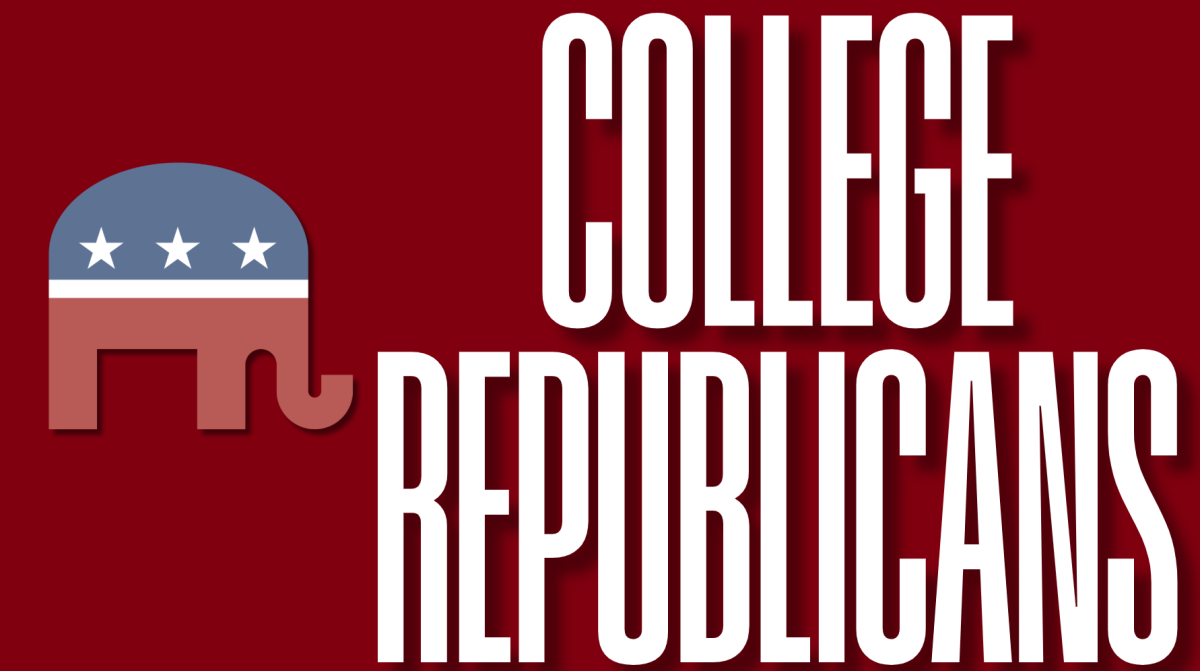Is fast fashion a fierce beast determined to destroy the earth or a symptom of a greater flawed industry and culture that preys on our insecurities and the gaps left by high fashion? Well, the answer lies in the middle ground.
FOMO, trends and economic inflation are the bane of the fashionable individual everywhere. The average consumer can’t afford to keep up with what’s “in” when what’s “in” changes every few months, or the upkeep of a constantly revolving closet stocked with new garments. So, how does one stay up-to-date with the fashion of the day when they can’t afford to constantly update their entire wardrobe? They turn to fast fashion to give them the look they yearn for on a budget. Juggernaut brands like Shein, Zara, Uniqlo, Fashion Nova and Gap exist to keep you dressed to impress, albeit at the expense of our planet.
The business model behind these brands is to produce in excess in the cheapest and quickest way possible, creating an item that is made with imminent disposal in mind to satiate a trend and then supply the next. It’s about keeping costs low, firstly by cutting corners on sustainability and, secondly, by stomping on human labor rights. The fast fashion industry is responsible for 8-10% of global CO2 emissions (which is projected to double by 2030), 20% of contaminated wastewater in a world of water scarcity and massive landfills around the world. Fast fashion is an industry so committed to profit that child labor is an annual occurrence — accounting for 11% of child laborers around the world, a number surely to rise due to corporate greed. Workers are paid scraps for wages, sometimes not even paid at all for days, and work in inhumane conditions — often forcefully due to either their citizenship status or as a result of trafficking.
But this isn’t anything new to you. We all know fast fashion is a cruel and vile industry. Although I may be preaching to the choir right now, I’d like to ask us to examine why this landscape exists in the first place and why these brands flourish. They thrive because they rely on our insecurities — these brands know many of us worry about our image and fear becoming dated. Think about how many of us knock on others when they are stylistically tone-deaf. People are incredibly conscious about their image, and if you aren’t, social media will try its best to make you. This is especially true of younger generations, who are fast fashion’s target demographic and its biggest purveyor. We as a generation are simultaneously confident yet incredibly neurotic regarding our appearance, trying our hardest to be the most flawless conformists you’ve ever seen. There is a clear mental aspect at play when talking about fast fashion that we can’t entirely blame them for.
It is true that fast fashion businesses are wrong for amplifying and preying on people’s body issues for profit, but this isn’t a phenomenon exclusive to fast fashion or even born out of it. Instead, this trickles down from high-end fashion, which in itself is influenced by societal currents and societal ideals. Only recently has the fashion world begun to accept that not everyone fits an ideal model, nor should they.
In fact, in many ways, fast fashion has been better than the high fashion realm in promoting the diversity of bodies. While some can easily find clothing that fits them, this isn’t the reality for people who fall outside of our contemporary sizing standards. Not everyone can mosey along into a boutique and shop off the rack. Fast fashion retailers, however, often carry garments made with plus-sized people in mind. Of course, there do exist proper plus-size clothing stores, but they usually are more expensive with a “fat tax,” which adds up when one is attempting to shop sustainably. Thrifting, which has become increasingly inaccessible due to gentrification raising prices in certain areas, may also have some of these same problems. For example, a general lack of plus-size options at many thrifts may leave individuals with no other option than to consume fast fashion if they want to keep up with trends.
So, once again, is fast fashion a deadly industry? Undoubtedly yes. But it doesn’t exist for no reason, and telling people to just shop sustainably doesn’t attack the bigger societal issues keeping it afloat.
Jaylin Seldon, FCRH ‘27, is a philosophy major from Harlem, N.Y.










































































































































































































